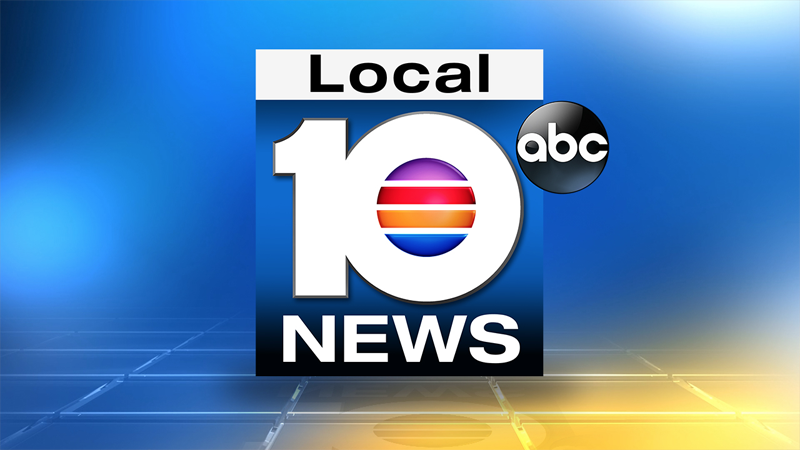Driven by love for his niece and knowledge of the struggles people who are deaf have when trying to communicate, Roy Allela came up with gloves that can turn sign language into audible speech.
This could be life-changing for some people.
Recommended Videos
There are more than 1 million deaf people who use American Sign Language as their primary source of communication, and 70 million deaf people worldwide use some type of sign language, according to Communication Service for the Deaf. If that number doesn’t sound astonishing, this will: Seventy-two percent of families don’t sign with their deaf children.
If you are deaf, sign language is sometimes your only form of communication and your communication with the world is limited.
Allela, the 25-year-old Kenyan man who works for Intel and tutors data science at Oxford University, invented Sign-IO, smart gloves that convert sign language movements into audible speech.
“My niece wears the gloves, pairs them to her phone or mine, then starts signing and I’m able to understand what she’s saying,” Allela told Guardian. “Like all sign language users, she’s very good at lip reading, so she doesn’t need me to sign back.”
The gloves have flex sensors stitched into each finger, and the sensors are paired to a phone app via Bluetooth. Allela also developed the app. The sensors process the bend of the fingers and what is being signed.
During a pilot program of the gloves in Kenya, Allela figured out that one of the key aspects of the gloves is the speed at which they can convert the sign language into audio.
“People speak at different speeds and it’s the same with people who sign. Some are really fast. Others are slow. So we integrated that into the mobile application so that it’s comfortable for anyone to use it,” Allela said.
Through the app, users can set the gender, the pitch of the vocalization and the language. He said the results have an average of 93% accuracy.
After winning an award and prize money from the American Society of Mechanical Engineers, Allela is investing his winnings in honing in on trying to make the vocal predictions even more accurate.
He said his goal in Kenya is to place at least two pairs of gloves in every special-needs school.
“I was trying to envision how my niece’s life would be if she had the same opportunities as everyone else in education, employment, all aspects of life,” Allela said.
He said the gloves can be packaged any way the user wants — as a princess or Spiderman, for example — which he said helps in fighting the stigma of having a speech impediment.
“If the gloves look cool, every kid will want to know why you have them on,” Allela said.
Allela said he believes the gloves could help people worldwide.
“When it affects you personally, you see how hard people have it in life. That’s why I’ve really strived to develop this project to completion,” he said.
[READ NEXT: Every parent needs to know about this simple yet genius safety device | 9 questions you’ve been too embarrassed to ask about CBD, answered | Distracted, moody, forgetful? Here's what might be wrong -- and how to fix it]
